Introduction
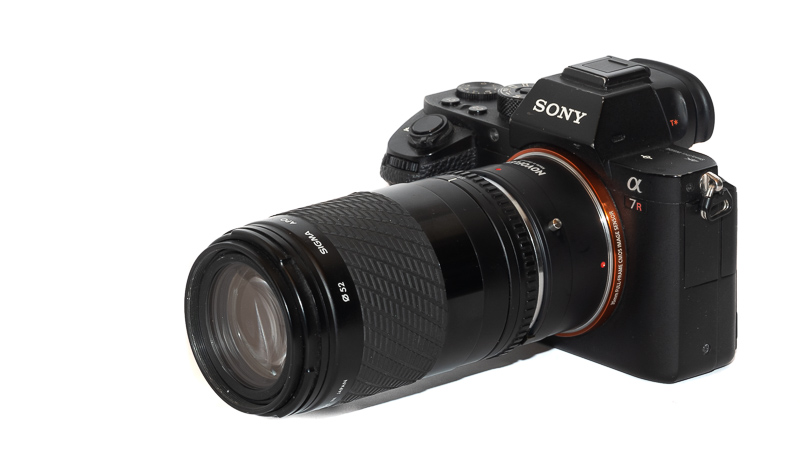
Many of us have been looking for a small yet capable tele lens in the ~200mm range and so far we have mostly failed. Is this often overlooked Sigma 180mm f/5.6 macro the lens we have actually been searching for?
Sample Images




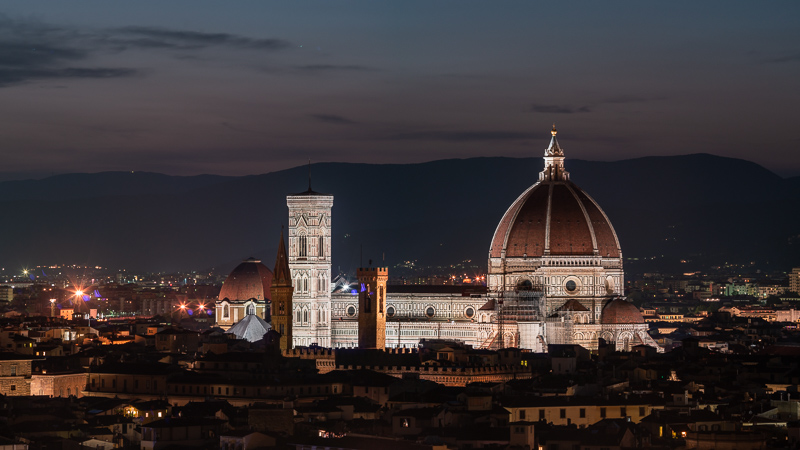
Most of the sample images in this review can be found in full resolution here.
Contents
Specifications / Version History
There are slightly conflicting reports, but according to the Sigma UK lens history page there has been only one 180mm f/5.6 macro lens design that came in both, AF and MF versions, for many different camera systems in 1990.
Most common are the Canon EF version (whether they work with a Sigma MC-11 or metabones adapter seems to be hit and miss) and the Nikon F version (focus rotates in the “wrong” direction) but luckily I was “fortunate” (more on that later) enough to find a very rare Contax mount MF version which has the following specifications:
-
- Diameter: 62mm
- Field of view: 13.7° (diagonally)
- Length: 102mm (+adapter)
- Weight: 399g (+adapter, without caps)
- Filter Diameter: 52mm
- Number of Aperture Blades: 8 (slightly rounded)
- Elements/Groups: 9/6
- Close Focusing Distance: 0.55 m
- Maximum Magnification: 1:2
- Mount: Contax/Yashica
This lens has been discontinued long time ago and therefore can only be found used e.g. on ebay.com/ebay.de for about $50-$200 depending on its condition (affiliate links)
Handling / Build Quality
Before Sigma started using good materials for their lenses with the introduction of their “Global Vision Series” (Art, Contemporary and Sports) there was the “EX” finish and before that the “ZEN” finish. Both are popular for being rather bad and yes, they are.
When I bought this lens the seller described it as “optically and mechanically in very good condition”. I am not going to sugarcoat it: this was a blatant lie.

The focus ring had uneven resistance and made a squeaky sound, that infamous “ZEN” rubber finish was sticky, half the markings of the distance scale already peeled off and on top of that, the optics were very dirty (I first thought the lens had some fungus issues, but after disassembling and cleaning it, seems, it was “just” oil/lubricant in combination with dust).

I could have returned the lens, but I figured finding one in better condition may also prove difficult, so I decided trying to fix this lens myself instead (not the first lens I took apart).

I disassembled it as far as needed to clean the really dirty elements, I replaced the felt under the focus ring – which is responsible for the resistance of the focus ring – I relubricated the rollers of the moving groups and I removed the sticky ZEN finish with alcohol (which unfortunately meant also completely removing the distance markings).
Now the lens is in a pretty good condition (except for the missing distance scale) and the focus ring has a really nice, even resistance. But don’t expect this when you buy one of these lenses of ebay or from a thrift shop.

The Sigma 180mm f/5.6 features a true internal focus and floating elements design (with two independently moving groups even) which clearly sets it apart from many other legacy lenses like e.g. Olympus OM 4/200 and 5/200 or Minolta MC 4/200.
The Canon nFD 4/200 also features a floating elements design, but no ED elements, so its optical performance is clearly inferior.
Being a macro lens you also have a minimum focus distance of 0.55 m (which leads to a maximum magnification of 1:2) compared to the ~2.5 m of the Olympus OM 5/200 or Minolta MC 4/200.

Most of the lens is made from polycarbonate that aged quite okay and is surely one of the reasons for the low weight.
The focus ring travels ~190° from the minimum focus distance (0.55 m) to infinity. Like on most tele lenses you need to be precise setting the focus near infinity, the throw in this area is not that long.
The aperture ring has equidistant half-a-stop click stops and travels ~30° from f/5.6 to f/22.

There is also a bayonet style lens hood available that can be mounted reversed for transport. It sits tight but isn’t exactly doing a great job at protecting from stray light.
Vignetting

Vignetting is really low. At f/5.6 there is barely visible vignetting of 0.9 EV. Stopped down to f/8.0 it becomes pretty much invisible (0.4 EV) and at f/11 it is only 0.3 EV.
Sharpness
infinity (42mp Sony A7rII)

Being a macro lens I was afraid the Sigma 180mm f/5.6 is a bad performer at infinity, but while it seems to have a slight midzone dip at the maximum aperture, it is quite a good performer at infinity, too.
Best apertures for across frame sharpness are f/8.0 and f/11, after that diffraction kicks in.
Keep in mind that at these distances heat haze can have a huge influence on the results. Furthermore due to the floating elements design of this lens the flange focal distance (adapter length) can also have a noticeable influence on the performance.
close (0.55m, 1:2)
100% crops from center, A7rII
With a maximum magnification of 1:2 (half life size) we are clearly in actual macro territory. Performance is very good at these distances, as you would expect from a macro lens. Stopping down to f/8.0 just barely improves the performance and the field is also very flat from wide open.
Flare resistance

As always evaluating flare is a complex matter since you can get any lens to look bad if you push it hard enough and a slight change of scenario can affect results a lot.
Furthermore the adapter can also have a negative influence on the results.
Longer tele lenses are rarely good performers in this category and the Sigma 180mm 5.6 is no exception. If you have the sun in the frame you can easily catch frame filling ghosts and also at night with strong point light sources inside or outside the frame you can easily catch ghosts:

See the three big hot spots in every single picture of this pano:

With the sun outside the frame you can also easily catch veiling flare that will rob a lot of contrast:


I would like to show you a scenario where the hood helped, but I couldn’t engineer a scene where it made a difference. My guess is that it is too short for a 180mm lens.
Coma
100% crops from extreme corner, focused on corner
Slow and long lenses are not very prone to have issues with coma and the Sigma 180mm f/5.6 is no exception. Already at maximum aperture the performance is good to very good here.
Distortion

There is no field relevant distortion.
Sunstars
crops from center, A7rII
Generally an even number of aperture blades can lead to distinct and well defined sunstars. The alignment of the aperture blades of the Sigma 180mm 5.6 isn’t perfect though – as is often the case with lenses from that era – which leads to the slightly frayed sunstars at f/8.0.
Still, between f/11 and f/22 you get well defined sunstars. If you want to learn more about this topic have a look at this article.
Bokeh

When it comes to bokeh there is quantity and quality. If you are looking for quantity this is not the lens for you: f/2.8 (not to talk about f/2.0) 180mm lenses will yield much more blur, which will be very noticeable for portraiture.
If you are using this lens mainly for macro applications a maximum aperture of f/5.6 will probably not be holding you back though: you still get lots of bokeh here.
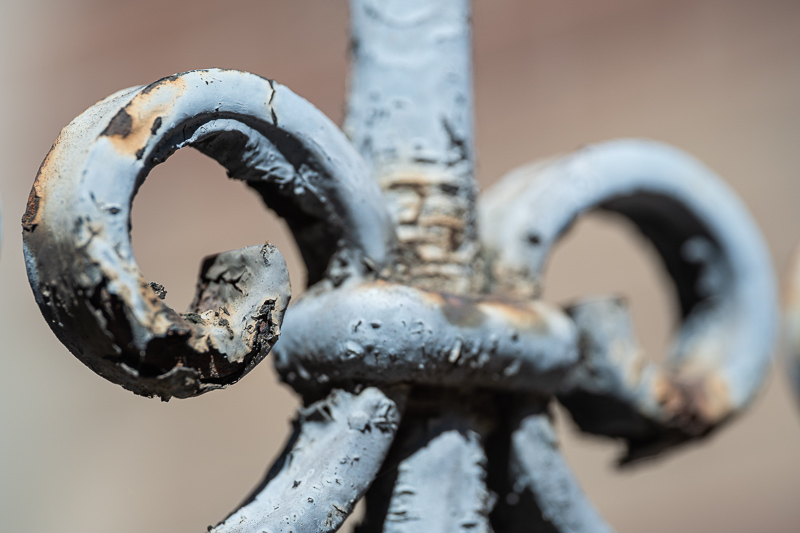
The quality of the bokeh is really quite good though. The transition zone is not nervous as there are no issues with double edged structures.

Highlights are mostly evenly lit with only minimal and rarely bothersome outlining.
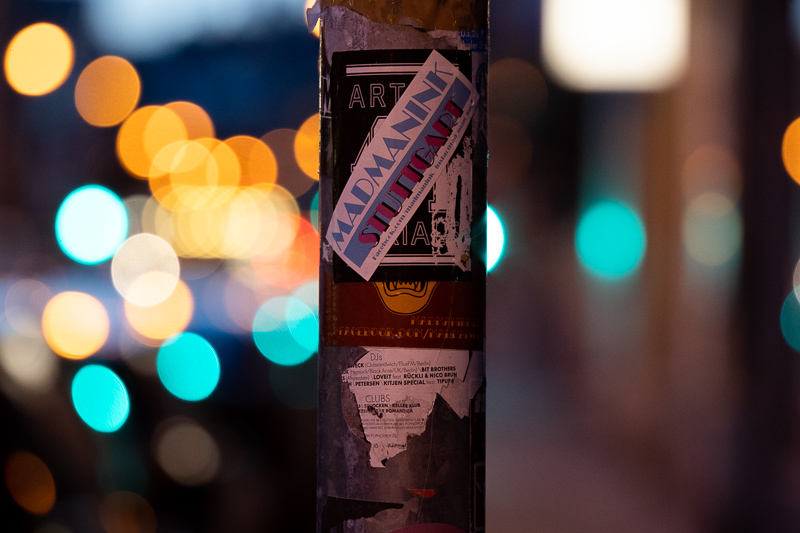
If you focus on something farther away it becomes quite obvious you are dealing with an f/5.6 lens here, you cannot throw the background out of focus that much, therefore the Sigma 180mm f/5.6 would also not be my choice for shallow depth of field portraiture.

Chromatic Aberrations
lateral
100% crops from extreme corner, Sony A7rII
Here you can see what influence the introduction of ED elements had on the performance of tele lenses.
While the Olympus lens has lateral CA all over, the Sigma 180mm 5.6 is perfectly clean even without correction in post applied.
longitudinal

In the 90’s Sigma slapped an Apo and macro tag on pretty much every lens they produced, even the cheapest zoom lenses that were neither Apo nor a macro.
This 180mm 5.6 is a whole different story: the apochromatic correction is really really good, easily on the same level as the 10-times-as-expensive Voigtlander SL 180mm 4.0 Apo-Lanthar, if not better.

We will have a look how the lens compares to the Olympus OM 200mm 5.0 here, a typical legacy 200mm lens without any elements to suppress chromatic aberrations:
The differences are very obvious and speak for themselves.
Alternatives
It has been a long, long time since any manufacturer released a compact slow tele prime lens. The Voigtlander SL 180mm 4.0 Apo Lanthar in 2003 was probably the last one. Since then we mainly got 70-200mm f/4.0 zooms which are bigger and heavier.
I will also leave out all the faster 180/200mm f/2.8 lenses like the Nikon 180mm 2.8 ED Ai-s, Canon EF 200mm 2.8L II or the Minolta AF 200mm 2.8 Apo, therefore the list of actual alternatives is rather short.
Prime Lenses
Voigtlander SL 180mm 4.0 Apo Lanthar:
A highly sought after, rare and therefore expensive lens. It does not focus as close (1:4) and it is not an internal focus design but it is also one stop faster. It is a great performer at closer distances but somewhat lacking at infinity, which is why I didn’t keep it in the long run. Without having compared them directly: I think the Sigma fares better here.
So honestly, all things considered, if having a maximum aperture of f/4.0 is not overly important to you I think this Sigma is the better lens.
buy from ebay.com (affiliate link) starting at $1300 (used)
Leica Elmar-R 180mm 4.0, Minolta MC 200mm 4.0, Olympus OM 200mm 5.0:
I will summarize these “basic” legacy lenses (there are many more) as they are similar in performance.
Basic meaning: no ED elements, no internal focus.
I find all of these lenses lacking on modern cameras and/or for my shooting. The color aberrations are too strong for my taste and the usually really bad minimum focus distance (2.0 to 2.5 m) reduces their usefulness to me significantly.
Canon nFD 200mm 4.0:
Thanks to an internal focus design this lens focuses a bit closer than the aforementioned other legacy lenses (1.5 m) but due to the absence of ED elements the performance is pretty much the same.
buy from ebay.com (affiliate link) for $60
Leica 180mm 3.4 Apo-Telyt-R:
I haven’t tried this personally yet. It seems to be the opposite of the Voigtlander SL 180mm 4.0 Apo Lanthar: optimized for infinity instead of closer distances. It does contain ED glass which puts its optical performance clearly above that of the other legacy lenses. The minimum focus distance is again only 2.5 m though and (mainly due to being faster) it is also almost double the weight of the Sigma lens reviewed here, which is why it does not fit my “compact tele” bill.
buy from ebay.com (affiliate link) starting at $700
Zoom Lenses
Canon nFD 80-200mm 4.0L:
This one contains UD and fluorite glass and therefore offers good performance and is also comparably compact.
Unfortunately it seems this lens has rather high sample variation and it isn’t much smaller than the next lens on this list, which I consider being the better option for most.
buy from ebay.com (affiliate link) starting at $150
Canon EF 70-200mm 4.0L USM:
A great lens with great optics that will offer full exif readout and fast AF with a Sigma MC-11 or metabones adapter.
I still have one, but with adapter it is double the weight of this Sigma lens and significantly bigger.
Still, a very versatile lens that can be found at a reasonable price.
buy from ebay.com | ebay.de
| amazon.com | amazon.de | B&H (affiliate links) starting at $450
Conclusion
good
|
average
|
not good
|
Sigma lenses from the late 80s and 90s don’t exactly have a great reputation, they are often known for their sticky rubber finish, questionable Apo and macro designations and often slow and noisy AF.
But then – if you look past all those dinky consumer zooms – there are some easily overlooked gems like this 180mm f/5.6 Apo Macro: Apo and Macro tag are well deserved, the optical system is complex – especially for that time – and it delivers, at every distance.
Back in the day, slow tele lenses have probably been even less popular than they could be now (could, because there are none) as they lead to dark finder images and there was also no such thing as mechanical image stabilization.
But here is the thing: in the past I tried many compact 180/200mm lenses (Canon nFD 4/200, Olympus OM 5/200, Minolta MC 4/200, Minolta AF 2.8/200 APO, Nikon Ai-S 180mm 2.8 ED, Leica Elmar-R 180mm 4.0, Voigtlander SL 180mm 4.0 Apo Lanthar) and I can’t say I was happy enough to keep any of those for a longer time.
The performance of the ones without ED elements was not acceptable. Often the minimum focus distance of 2.0 m and more was severly lacking. The f/2.8 lenses (especially the ones without IF) were no fun to handle. The expensive and rare 4/180 Apo Lanthar – I was using for quite some time – was a great performer at closer distances, but not so great at infinity.
And now it seems, the one lens to rule them all is the cheap Sigma 180mm f/5.6 Apo Macro. A lens, I am sure most of you haven’t even heard about and that can mostly be found in thrift shops for a few bucks.
This lens has been discontinued long time ago and therefore can only be found used e.g. on ebay.com/ebay.de for about $50-$200 depending on its condition (affiliate links)
Further Sample Images

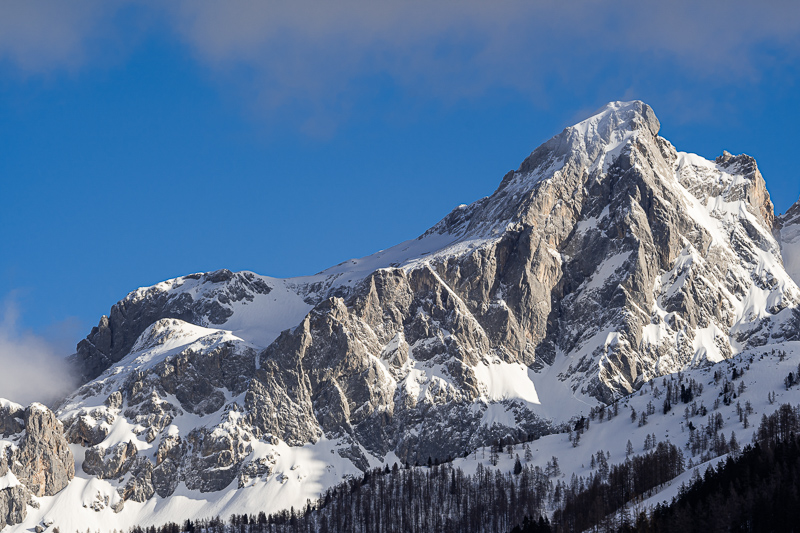














Most of the sample images in this review can be found in full resolution here.
Further Reading
- Sony FE lenses: Our comprehensive and independent guide
- Guide to the best 85-135mm Portrait Lenses for Sony a7 series
- 35mm comparison Leica, Zeiss, Voigtlander
- Review: Sony FE 24mm 1.4 GM
Support Us
Did you find this article useful or just liked reading it? Treat us to a coffee!
![]()
![]()
![]() via Paypal
via Paypal
This site contains affiliate links. If you make a purchase using any of the links marked as affiliate links, I may receive a small commission at no additional cost to you. This helps support the creation of future content.
Latest posts by BastianK (see all)
- Review: Nikon Nikkor 105mm 1.8 Ai-s - December 28, 2025
- 2025 – Year in Review - December 23, 2025
- Review: Sony FE 70-200mm 4.0 G Macro OSS II - December 20, 2025





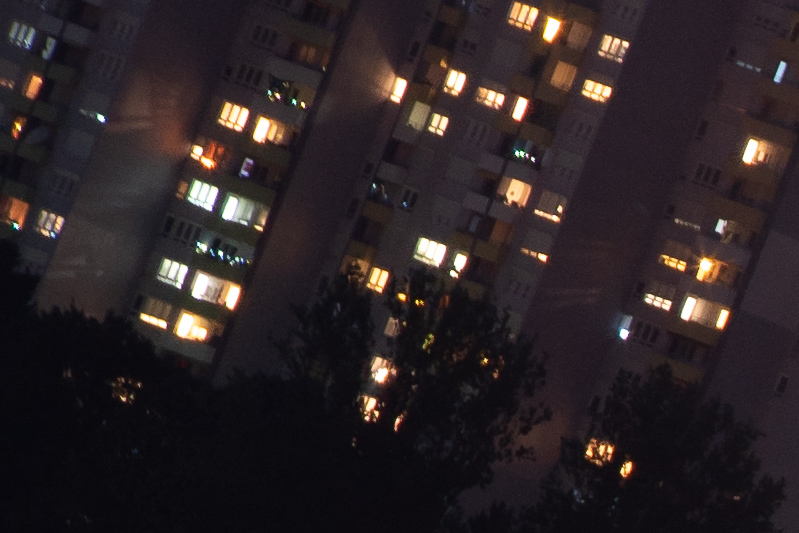



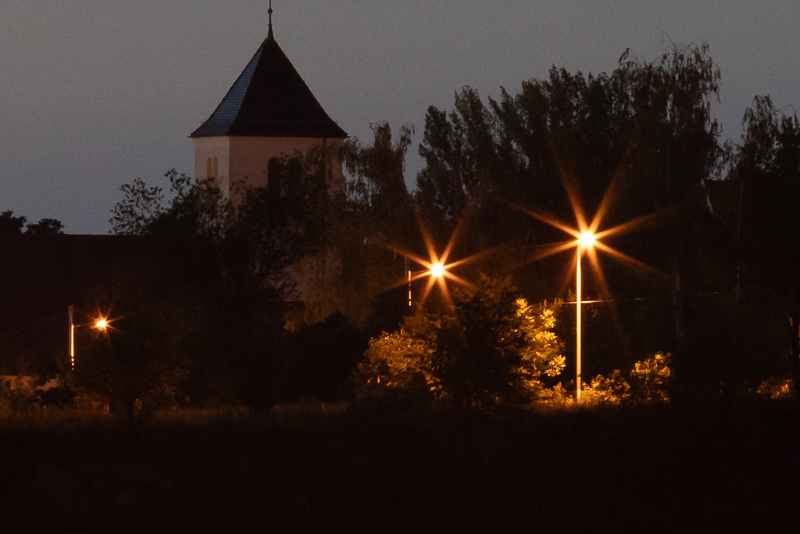











Why didn’t you list the Contax-Zeiss 80-200 f4 as another possible alternative? Also a really good lens which is not too heavy and can easily be found on Ebay. MFD of 1m means even somewhat “macro” capability.
I use the C/Y Zeiss 80-200 mm quite often. It is a very good performer and quite small.
´great to see theres still secret gems to be found.
Solid performer it seems. i will keep an eye out fot it.
Maybe we will see slower prime lenses more often now that MILCs have effectively taken over.
Hello Bastian,
thank you very much for your excellent review in this interesting topic. Pitifully, there is not a Loxia 180 yet 🙂
Maybe of some interest for some readers the comparatives between APO-Telyt, APO-Lanthar and OM 200?
https://www.fredmiranda.com/forum/topic/1589839/8&year=2019#14979809
Without a weight limit, Canon 180mm L
and Nikon’s legendary 200mm F4 Macro are both fantastic at close to normal shooting distance, great at infinity. One Nikon lens expert once said, Nikon has never made a more APO lens than the 200F4 af.
Wonder if that Nikon expert has used lenses like the 200mm 2.0…
Indeed though, the more recent Nikon macros (AF-S 60mm 2.8G and AF-S 105mm 2.8G VR) are actually pretty badly corrected for this, so the bar wasn’t set very high in the Nikon world.
Well Nikon didn’t put an apo on the 200 F4 so they didn’t say it was APO. The only lenses they’ve ever put APO on were some enlargers of which I have one and it is truly apo.
Did you actually read the comments you are referring to?
I wasn’t talking about what Nikon says is APO but what some “expert” claims.
Hey Bastian,
I have some samples taken using this lens. Thought it might be helpful for readers since it’s an uncommon lens.
https://www.flickr.com/search/?sort=date-taken-desc&safe_search=1&tags=sigma180mmf56&user_id=63755315%40N08&view_all=1
Thanks again for the excellent review!
those are some great hi-res images, thanks for sharing!
Good review. The price is sure to rise now ;o)
I tried to find one of these for about a year, then gave up. Obviously I made the wrong decision.
Thanks
Zenitar has announced this new 60mm f/2.8 FE macro lens : 1: 1 ratio,sharpening distance of 23 cm ,I wonder if it will be half as good as Voigtlander 65mm f2 macro apo-lanthar
I have the Sigma 90mm F2.8 from around this time it’s pretty good
Thanks for the review! Definitely not easy to find this lens. Philip is said to own a Minolta MD 75-150mm f4 zoom but never did review it. I did buy it because of this review here: https://lens.ws/minolta-md-75-150mm-f4-0-zoom/.
Very nice and handy tool. Much better corrected zoom than my Olympus OM 4 200mm, C/Y 2.8 180mm, C/Y 4 80-200mm, C/Y 2.8 135mm. https://www.fredmiranda.com/forum/topic/982966/50
I bought it really cheap for 35 USD! But of course it is max 150mm and no macro.
Minolta MD 75-150mm f/4 review is 98% finished and will be published soon 🙂
Just wow!
Amazing. Better than the CV 180/4 APO at 1/10th the price. What’s not to love?! Putting in my order right now on eBay…
Thank you for your test. Amazing images taken with this vintage macro lens.
Best regards
Bernhard
Thank you Bernhard!
Thank you for the review Bastian. I m looking for a lightweight tele prime too. seems the sigma would be nice choice. but not easy to find a used one…
Sigma Lenses of the 80es an 90es got totally out of my sight because I made so many bad and frustrating experiences with them: First of all the ugly whitened and now sticky rubber. Next obvious problem: I think they had at the same aperture a lower T-Value, at least one aperture value compared for example with the Canon FDs. With the Canon EOS-System in the late 80es and early 90es I got so often error messages with Sigma Lenses so I didn’t use them any more.
At 180 mm I really love my Leica R 180mm f4 but it is on the very heavy side. Often I prefer my C/Y Zeiss Zoom 80-200 mm f4.
Just got my Sigma 180 APO + adapter today.
Build quality – better than I expected, although the rubber is a bit tacky. Enjoyed going outside and doing some flower pictures. Will take some pictures and download after work today.
These reviews of old cheap lenses are really interesting …
It is possible to find a gem …exciting….
Thank you
Rolf
There should be another gem in the Sigma lineup of these days: The 4/300mm APO Tele Macro which should be optically very capable. As far a I know (I don’t have it) the Canon EF Version works with Sigma MC-11, but causes trouble on Canon Bodies and therefor is quite cheap.
Good review, as always, Bastian.
I went opposite direction with the beastly Sigma APO 180/2.8, but it’s proving to be the true do-it-all short tele, so it may prove to be worth it’s bulk and weight. I’m still discovering the ins and outs of it.
Yes that should be a really great lens.
Hi Bastian,
I own the vintage Sigma APO Macro 2.8/180 in the very rare manual focus version. After removing some haze from inside and cleaning off the sticky ZEN-paint, I can say that this lens is really awesome. CA`s are very well corrected and it delivers sharp and contrasty pictures from infinity to the maximal magnification. F/2,8 is already very unsable and from f/5,6 on I can see no difference to the 5,6/180 which I own also. The only problem of this lens is, when you are shooting against the sun…
Best regards, Christian
Bastian,
Do you think the sigma APO tele Macro 300mm f4 or the Canon FD 300mm f4L will perform better on sony fullframe? I cannot decide so I thought I would ask.
Didn’t use either lens personally.
Bastian, If I were to find one of these, is it just a matter of watching ebay and KEH like a hawk or is there a better way of looking for one?
This is sadly the best way I know.
A very interesting review, thank you Bastian.
I have bought one on ebay, it should arrive in a few days and seems in similar condition to yours from from its description. I will attempt to re-condition it.
Do you have any recommendations for a helicoid grease? There are many types and several standards of viscosity (e.g. NLGI grades; S10, S30 … etc) but I can’t weigh-up which would suit, being not too stiff nor too runny but also not volatile.
I would be grateful for any advice on this.
This lens has a focus design with rollers like a zoom lens, there is no helicoid that needs grease 🙂
Ah. Right. Thanks, that sounds simpler to service !
I wonder how this lens would compare against the Pentax M Series SMC 150mm f/3.5 (Pentax K fitting, 290g, 49mm).
Interesting. Considering getting one. Do you know how the Leica 180mm f/4 Elmar compares in terms of resolution? They both have 8 aperture blades. It’s about 140 g. heavier, but is built a lot better and a stop faster. It’s also easy to find on the market.
Yes, I have used the Leica R 180mm 4.0 and it is listed under alternatives. The Leica is a very basic design without any Ed elements and this is exactly how it performs. Resolution is nothing special, but my main issue with it are the high CA and the bad minimum focus distance.
As a general rule of thumb: when there is something with a red dot that looks cheap there is always a reason for that.
Don’t turn that observation the other way round: If something with a red dot is expensive, then there isn’t always a reason for that.
Many (MANY!) years ago I was about to buy this lens new. At the last minute, I decided to take a slight change of direction, and bought the Nikon 85mm 1.8. I’m glad I took that choice, as I enjoyed years and years of B+W portraits.
But I’m glad I’ve read this review too, and now I start wondering if back then I bought this lens…
Anyway, my 2 cents on the topic “Macro 200mm slow lenses”… Not even comparable in size, weight and price, the AFD Micro-Nikkor 200 f/4 is probably one of the best 200 macro lenses ever built. Excellent also at infinity. pity for the nervous bokeh.
i have used the AF version of this one for some time. somewhat hard to manual focus with precision, but still nice to have. used it for negative scanning, good for that.